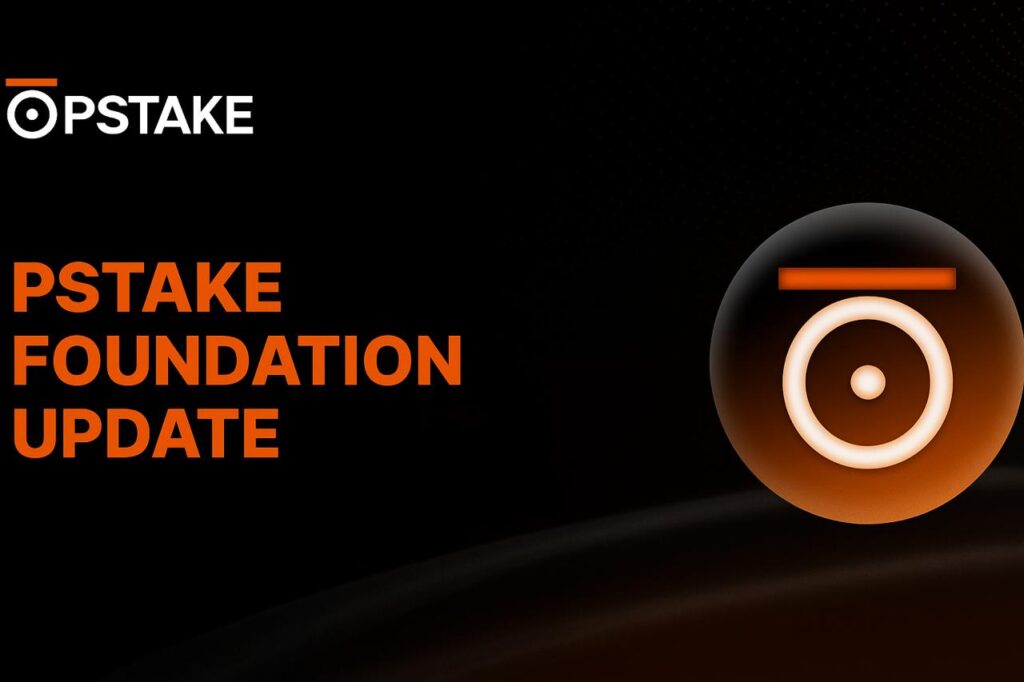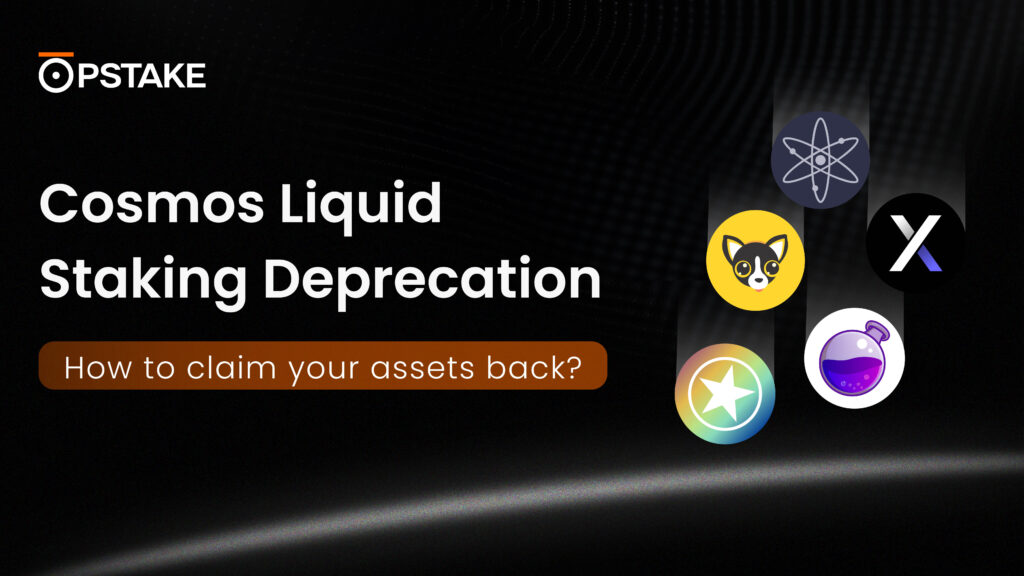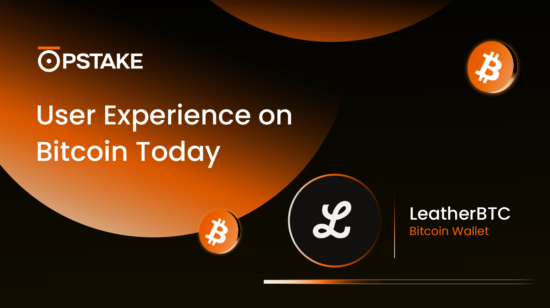Welcome to the 9th edition of our exciting new series, dubbed the ‘X Talks Bitcoin’ series. This is not just another industry discussion. It’s a unique opportunity for the pSTAKE community and Bitcoin enthusiasts to gain exclusive insights into Bitcoin, the emerging BTCfi industry, and potential yield-generating strategies.
Our series will feature expert opinions, providing invaluable insights into the future of Bitcoin and how we can all best position ourselves. These discussions are not just relevant but crucial to all our readers, offering a “not-to-be-missed” and “thought-provoking” perspective on what’s coming next for Bitcoin.
We spoke to Aki from dlcBTC in the previous edition about decentralized Bitcoin in DeFi. Today Leather wallet shares candid thoughts on User Experience on Bitcoin.
1. Is the UX on Bitcoin different from what the majority of users are used to in crypto, especially Ethereum/Solana?
Building strong user experiences on Bitcoin for consumers requires working on bitcoin layers and creating developer tooling.
A) Bitcoin’s base does not have full smart contract programming – a fundamental component for building decentralized applications on chains like Solana and Ethereum.
Smart contracts allow parties to exchange value without the need of a third party to ensure that each transaction is legitimate, transparent, and trustless. This means, builders trying to create applications for decentralized finance are building on layer 2s and metaprotocols, like Stacks, Ordinals, Runes, and Lightning. The UX improvements have come to Bitcoin users, due to the layers on top of Bitcoin.
b) Developer tools that are available to most EVM based chains are not equipped to support UTXO based chains, like Bitcoin. UTXO stands for Unspent Transaction Output. UTXO encompasses:
- Transaction: A transfer of Bitcoin value from one address to another.
- Output: The result of a transaction, representing a specific amount of Bitcoin.
- Unspent: An output that hasn’t been used as an input in a new transaction.
Bitcoin ecosystem actors are just getting started in creating tools to build on bitcoin and layer 2s. Laser Eyes is an open source project by the Omnisat team, focused on wallet connect tools for dapp builders across bitcoin layer protocols. Hiro provides developer friendly APIs that interact with Bitcoin, Ordinals, and Stacks, and Best in Slot provides API support for Bitcoin, Ordinals, BRC-20, and Runes. It will be interesting to see how the user experience improves, once we can leverage execution layers like Arch network or Zk-proofs for Bitcoin, like what BitcoinOS is building.
At Leather, we try to work with as many dapp builders and infrastructure providers as we can to bring the best user experience to our customers.
2. There are multiple uses for Bitcoin wallets today. Holding BTC, trading Runes/Ordinals, interacting with native dApps, cold storage, etc. What is Leather focusing on and how?
Leather is focused on shipping our mobile application for early 2025, and providing users with strong features around decentralised finance. We recently launched swaps, powered by Bitflow, a decentralized exchange, to take away the manual complexity associated with routing transactions between exchanges or routes, and to optimize the route flow to save on fees and time. We are continuing to listen to our customers and dapp partners about the kind of experiences they want, and iterating on our roadmap accordingly.
3. For the Bitcoin Ecosystem to onboard the masses (not just from a holding BTC perspective), what are a few UX things we must absolutely do and also some that we should avoid?
For a strong user experience, we must ensure maximum security for self-custodial wallets like Leather, while giving customers the easy user flow that they are used to in Web2. We are building towards that type of experience.
Earlier in 2024, Leather updated its key encryption method to Argon2id, to improve security. Argon2id makes it more difficult for attackers to guess passwords, even with powerful computers. This change means that when users set a password for their wallet, it’s turned into a key in a much safer way.
Leather users can connect their Ledger devices directly to the Leather wallet, adding to the security of their Bitcoin and Stacks transactions.
We are hopeful that innovative technology like MPC wallets can bring us closer to a seamless user experience, while not compromising security.
About pSTAKE Finance
pSTAKE Finance is a Bitcoin Yield and Liquid Staking protocol, backed by Binance Labs.
With pSTAKE Finance, users can liquid stake BTC to get rewards from Babylon’s Trustless BTC staking for securing other app chains while maintaining their liquidity.
Accessing Bitcoin yields should not be complex, risky, or unsafe. With four years of liquid staking expertise and expert-curated yield strategies, pSTAKE Finance helps individuals and institutions put their BTC to work in BTCfi.
pSTAKE Finance has partnered with leading blockchain security firms, such as Halborn, Hexens, Oak Security, Immunefi, Forta, and more, to offer a secure liquid staking product suite.
PSTAKE is the governance and incentivization token of the pSTAKE Finance protocol. It has some of the most prominent investors, including Binance Labs, DeFiance Capital, Spartan Group, Coinbase Ventures, and Kraken Ventures.










